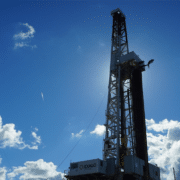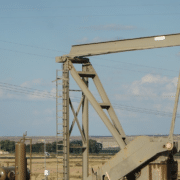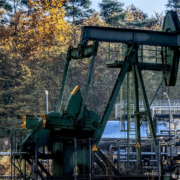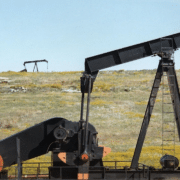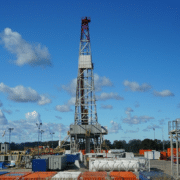Whenever you sign an oil and gas lease, you may be getting a signing bonus. As one of the most important parts of your negotiation, a one time upfront payment from the oil and gas company may be the quickest way to earn money with your mineral rights.
What happens when the company strikes oil? Then, you begin to receive oil and gas royalties for your percentage share of the minerals produced and sold. Although no two mineral leases are the same, in this article, we will cover some of the expected timelines for oil and gas royalty payments.
Oil Royalties after Signing a Mineral Lease
By law, oil and gas royalties payments are required due 120 days after the end of the month of the first sale of production from the well. So let’s say that you own mineral rights and sign a lease agreement in March. The oil company sources the financing, equipment, and labor and strikes its first barrel of oil in mid-April. The company sells 100 barrels in April. The company is then required to report its oil and gas royalties 120 days after April 30, approximately 4 months later in August.
Oil and Gas Royalty Payments Period
After the royalty is due, the oil and gas company has a certain window to pay the shareholder, as defined in the lease agreement. In general, most companies will pay oil royalties within 60 days of due payment and gas royalties within 90 days. This means that after signing a mineral rights lease, the latest you will receive your first royalty payment is about 180 days after the first productive month. Subsequently, later payments for oil production is paid 2 months in arrears, while gas production is generally paid 3 months in arrears.
Delayed Oil and Gas Royalties and Unproductive Leases
An important thing to understand is that sometimes, oil and gas royalty payments may never come. Although most oil and gas companies sign leases with the intention to explore and extract precious minerals, there are many factors that may prevent that from happening.
In addition to the loss of funding and delayed timelines, there is also a possibility that your land may not have any oil and gas at all. With that said, modern technology and over a century of exploration now allow for the oil and gas industry to make very educated decisions in exploring for underground resources.

